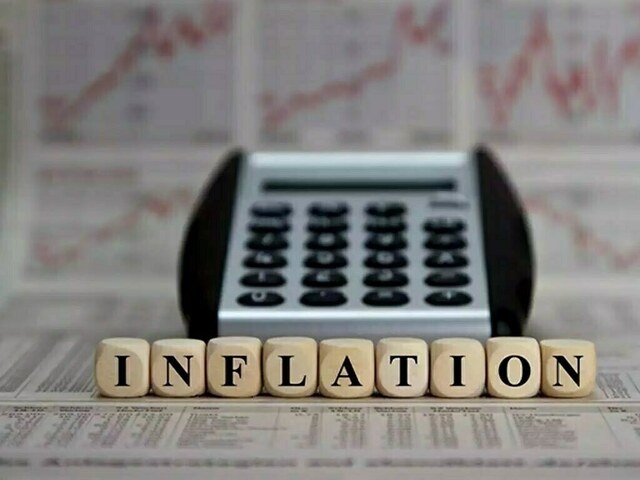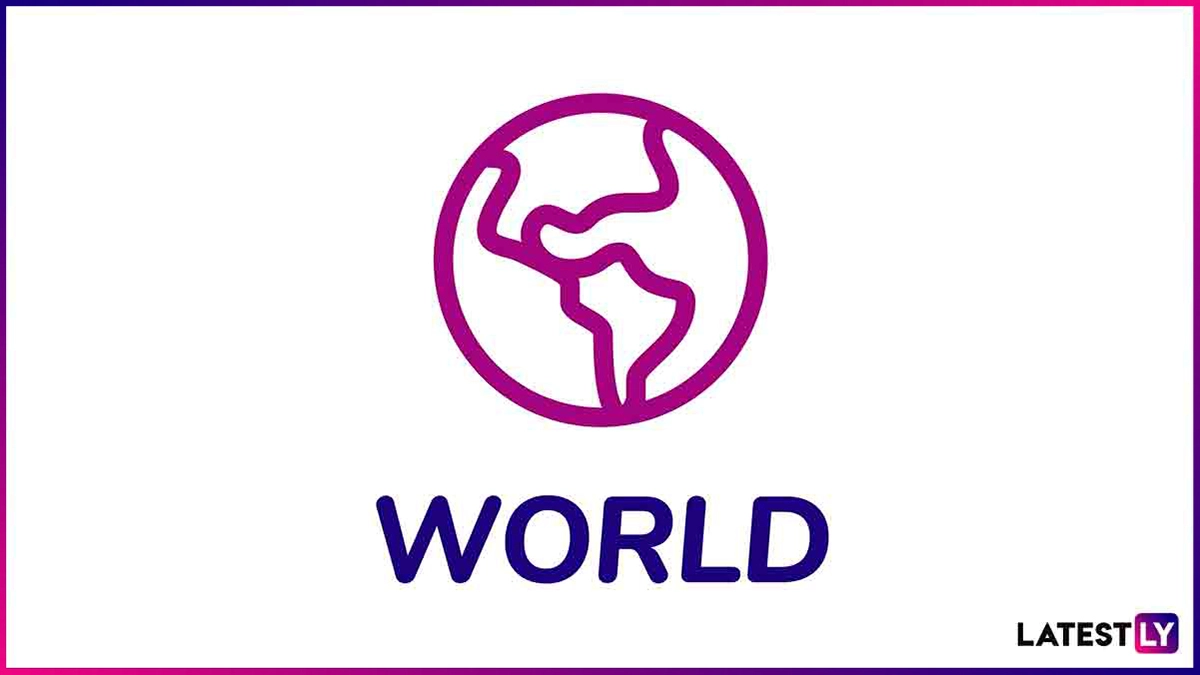Copyright brecorder

The headline inflation numbers are creeping up again despite a stable currency and falling global oil prices. After CPI fell to 0.3 percent in April, it has started moving up again, reaching 6.2 percent in October 2025 – the highest since November 2024. The worrying fact is that month-on-month (MoM) inflation averaged 1.5 percent during Jul–Oct. If this trend is not reversed, inflation could become a concern again. Part of the recent surge in inflation is due to perishable items – mainly tomatoes (48% MoM in urban areas) – affected by flood-related supply chain bottlenecks. The good news is that the pressure is already receding and likely to fall further. However, another notable increase is in wheat prices over the past few months, which is not likely to reverse. Overall food inflation increased by 2.7 percent (MoM), while the yearly increase stood at 5.6 percent. The high base effect is helping food inflation remain tame despite recent pressures. The double-digit monthly increase in urban areas was seen in tomatoes (59%), onions (19%), and fresh vegetables (12%). The concerning element is the increase in core inflation, which stood at 7.9 percent in October compared to 7.3 percent in the previous month. Core inflation is changing direction – it had been on an almost constant decline since the start of FY24, but not anymore. It bottomed out at 7.2 percent in August and moved up to 7.9 percent in October. On a month-on-month basis, it rose by 1.2 percent. The pressure on core inflation suggests that wage inflation is building. With a modest recovery in urban-dominated sectors, wages in urban areas are rising, exerting pressure on core inflation. Although core inflation is higher in rural areas at 8.4 percent compared to 7.5 percent in urban areas, the gap between rural and urban core inflation is narrowing – from 3.1 percent in October 2024 to 0.9 percent in October 2025. This implies that demand-driven inflation is picking up in urban areas. CPI inflation in education and miscellaneous sectors is in double digits, while health inflation is almost there. On the other hand, two heavyweights – food (5.6%) and housing & utilities (4.2%) – show lower yearly inflation despite high MoM increases of 2.7 percent and 2.2 percent, respectively. The low yearly numbers are due to a favourable base effect. Electricity prices rose by 8.8 percent MoM, higher than analysts’ expectations, and are likely to remain elevated next month due to quarterly tariff adjustments (QTA). Other notable increases in non-food sectors include quarterly adjustments in house rent, transport services, and postal services. There are mixed signals – food inflation is likely to remain under control; however, due to wage pressures and a modest pickup in overall demand, core inflation may stay elevated. Even with this, 4MFY26 inflation stood at a meagre 4.7 percent compared to 28.5 percent in the same period last year. The SBP expects full-year inflation to remain within the medium-term band of 5–7 percent, though upside risks persist. Thus, to anchor inflation expectations, the SBP’s policy of maintaining a high real interest rate remains prudent, and the chances of a further decline in the policy rate are low until the month-on-month inflation spike is contained.



